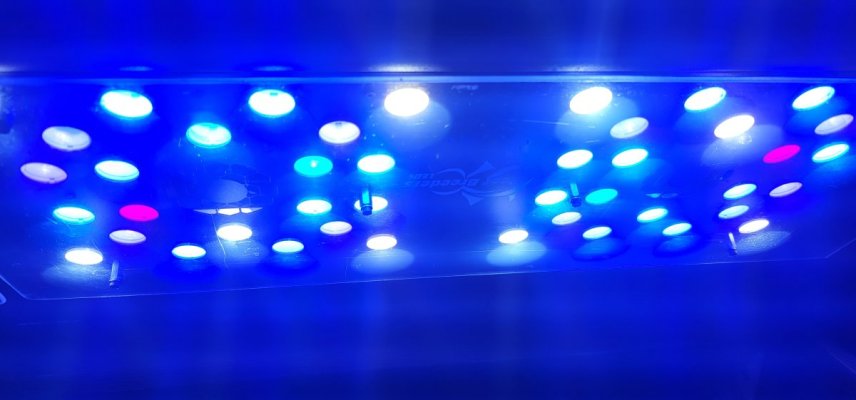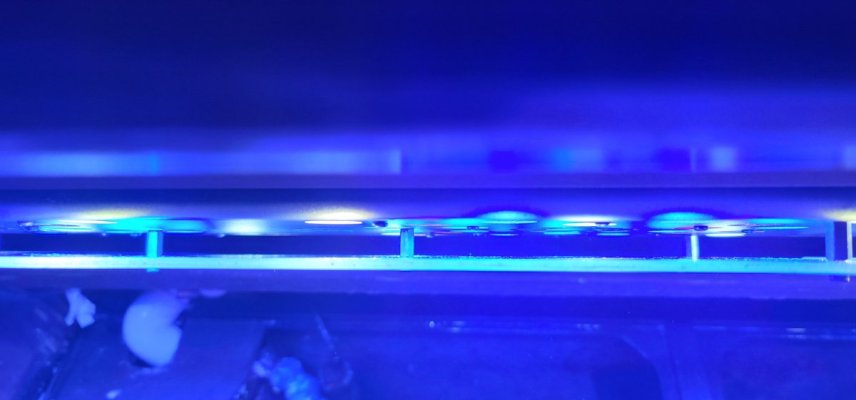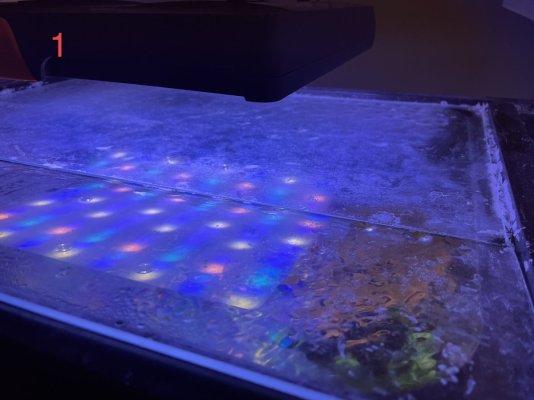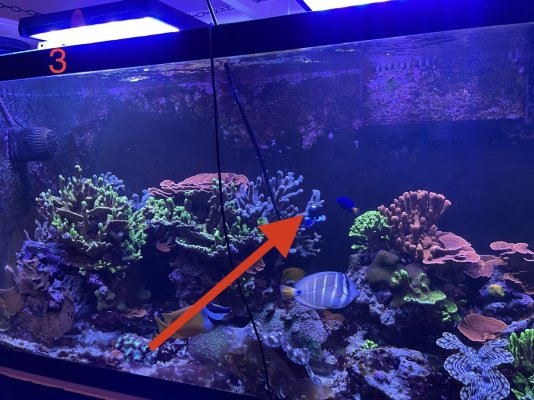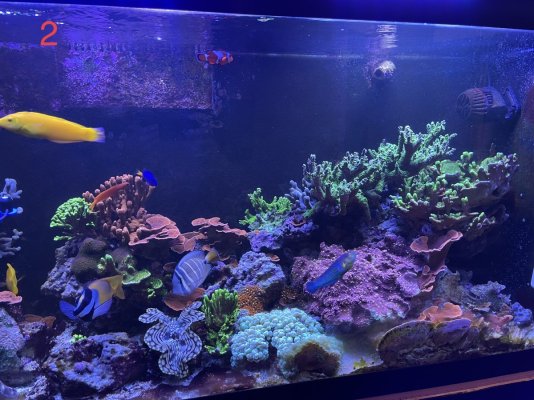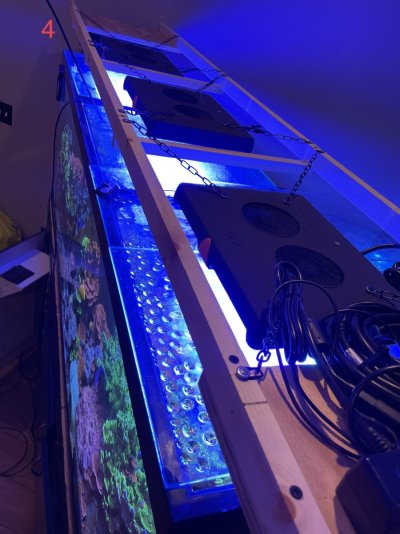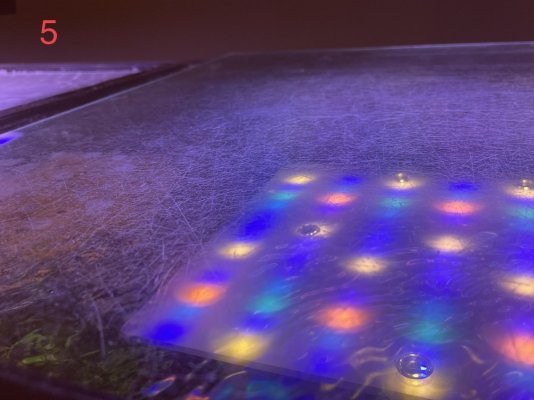50%???I was shocked to see that clean glass did not meaningfully reduce my par (ai prime light, apogee 510 par meter). I was equally shocked to see how badly a plastic substitute decreased par. I forget if it was lexan or something else. Some clear plastic (plexi glass?? I hesitate because these are all brand names). The plastic I used decreased par by like 50%. But I believe SOME plastics do not. The fancy screen lid manufacturers sell plastic inserts, so they must have found something that works.
I find that really hard to believe.
Do you have a link?
I have lexan from a old metal halide fixture I butchered up I use on my led photon v2. I installed it on my light itself and it does get a little bit of spray that I clean every 2 or 3 weeks. It's not terribly bad but still needs to be touched up. I need this cuz I run with no lenses installed.
I did used to keep them on the tank but they would get water drips inside from condensation. I think that is far worse than what I do now as far as par is concerned.
